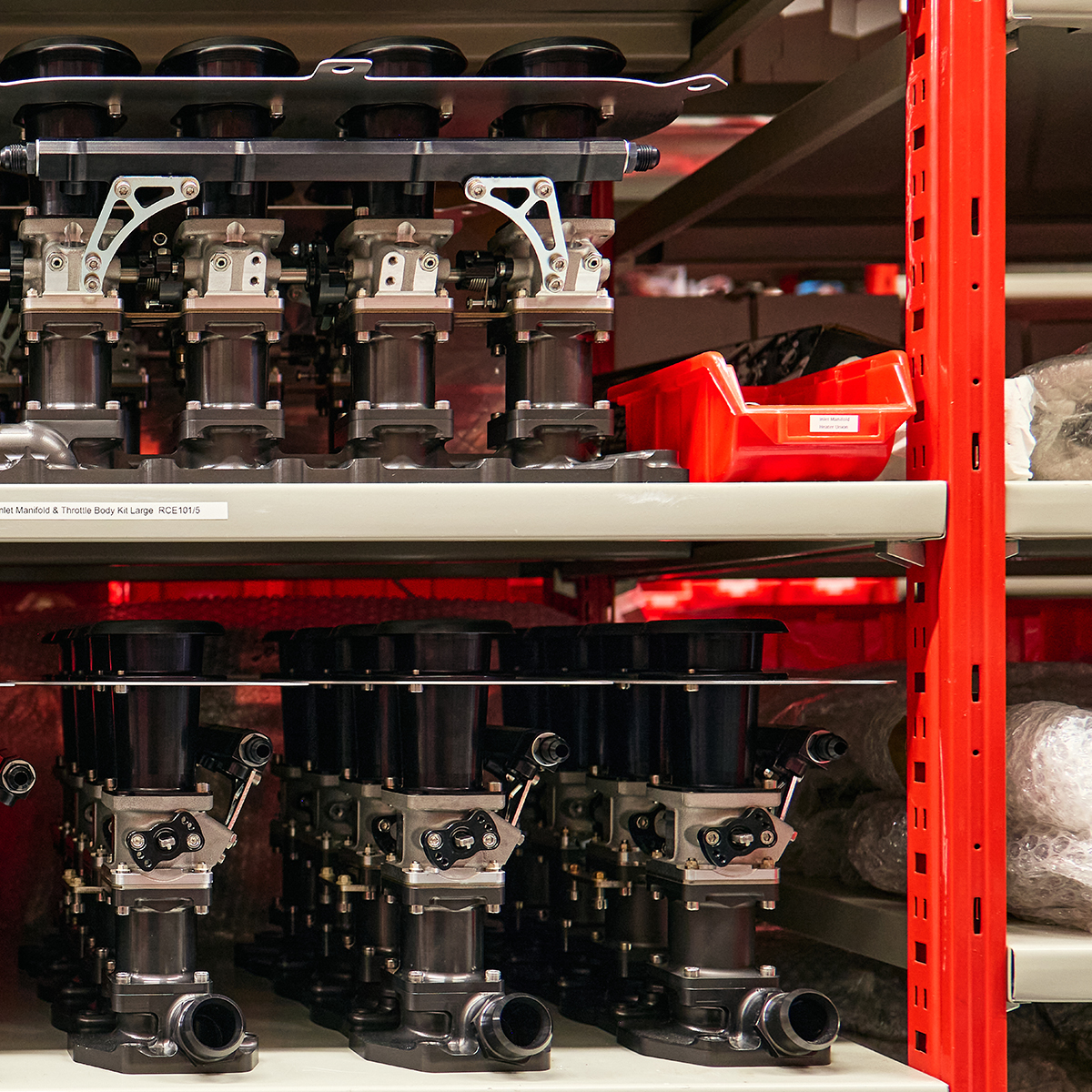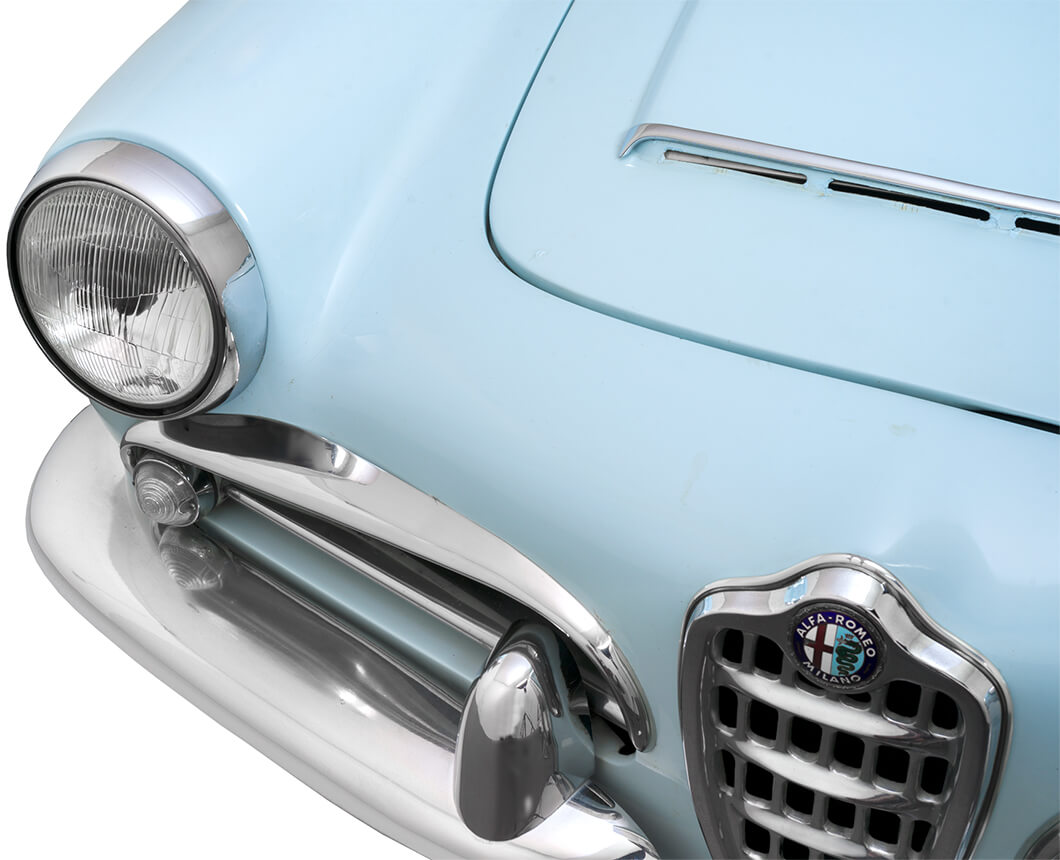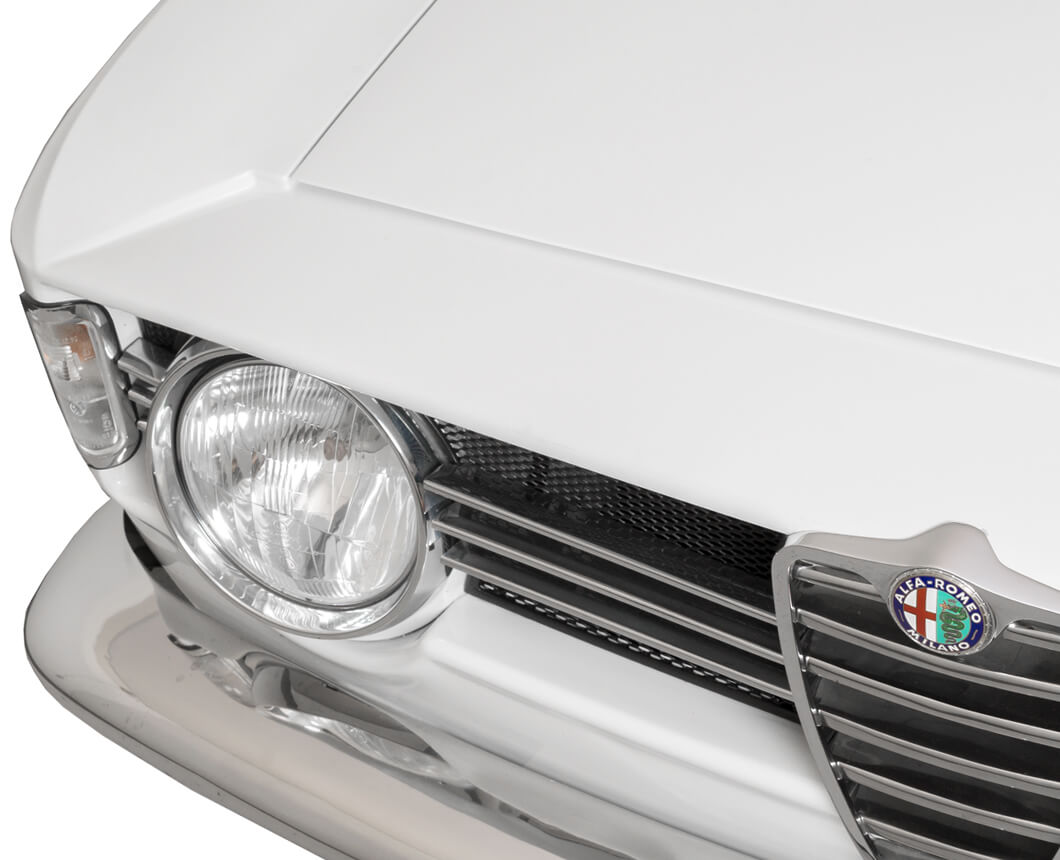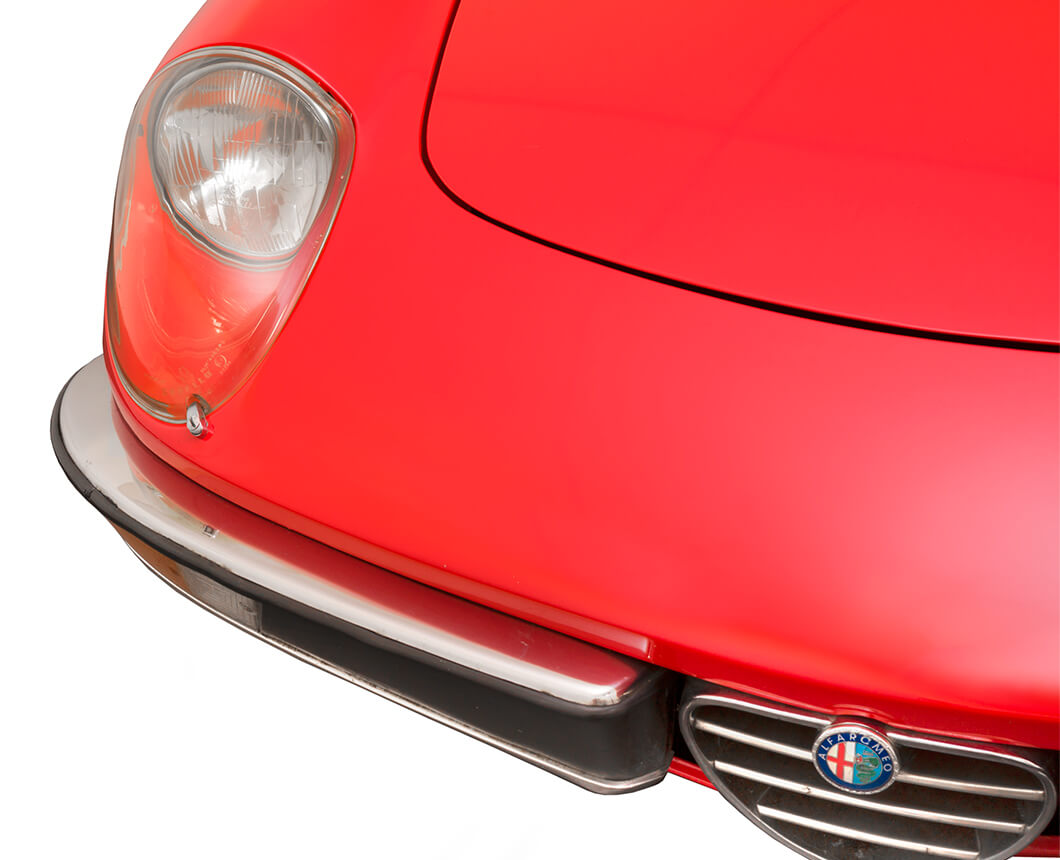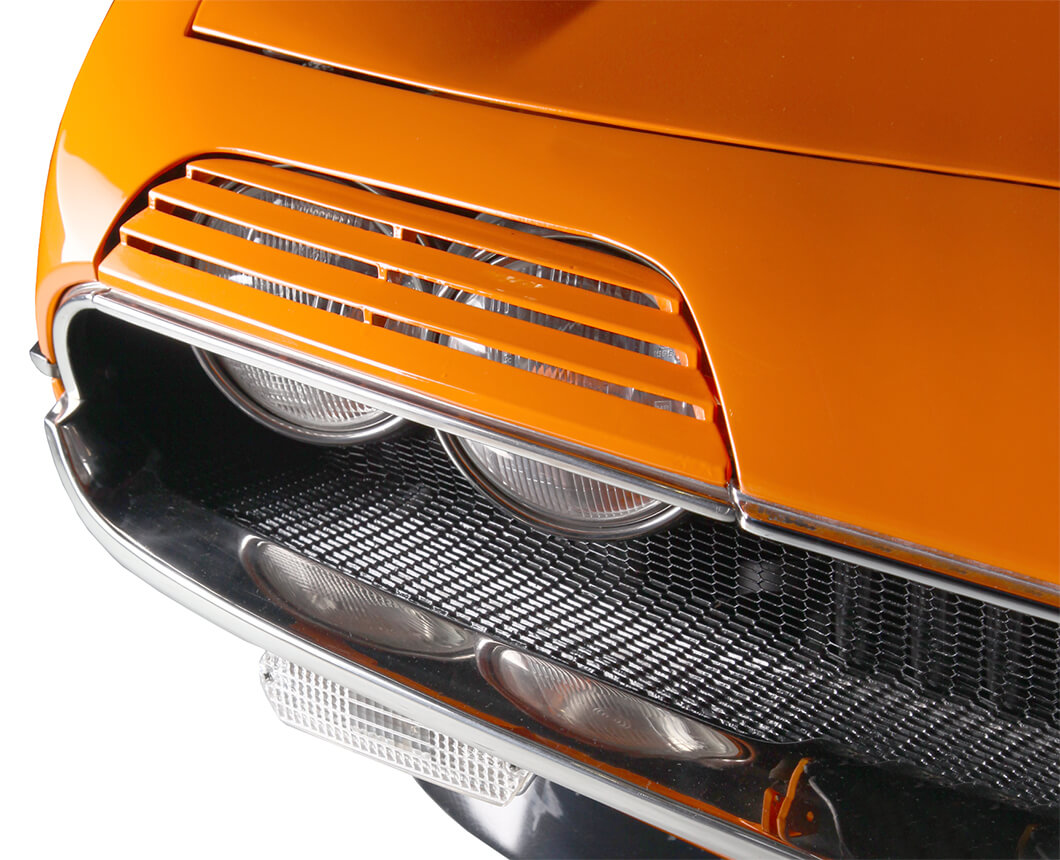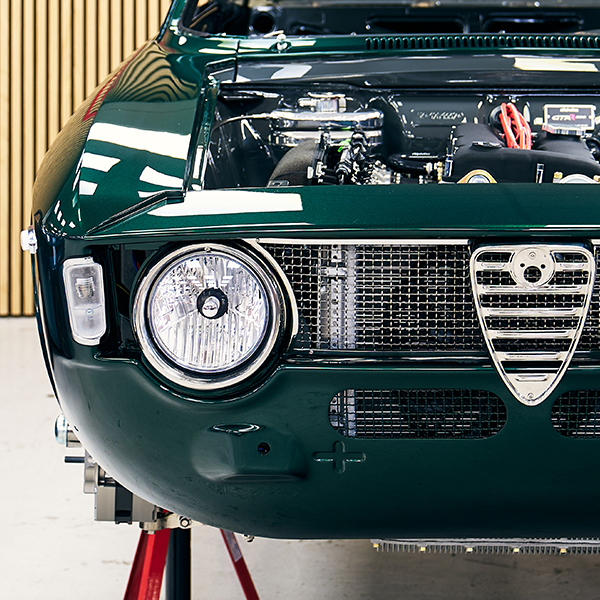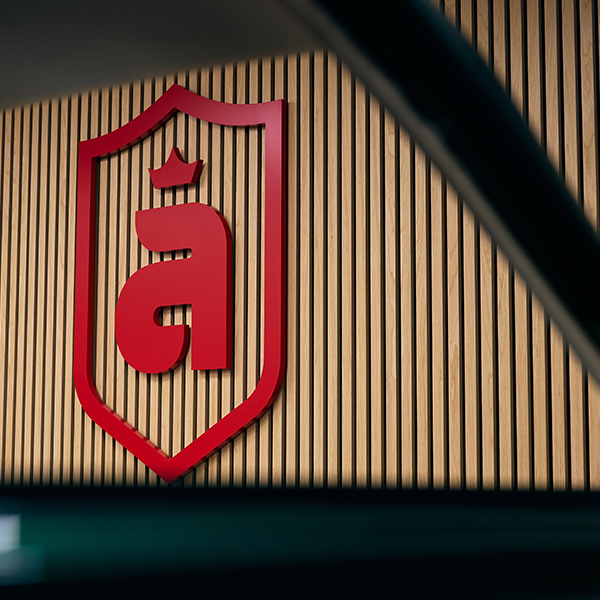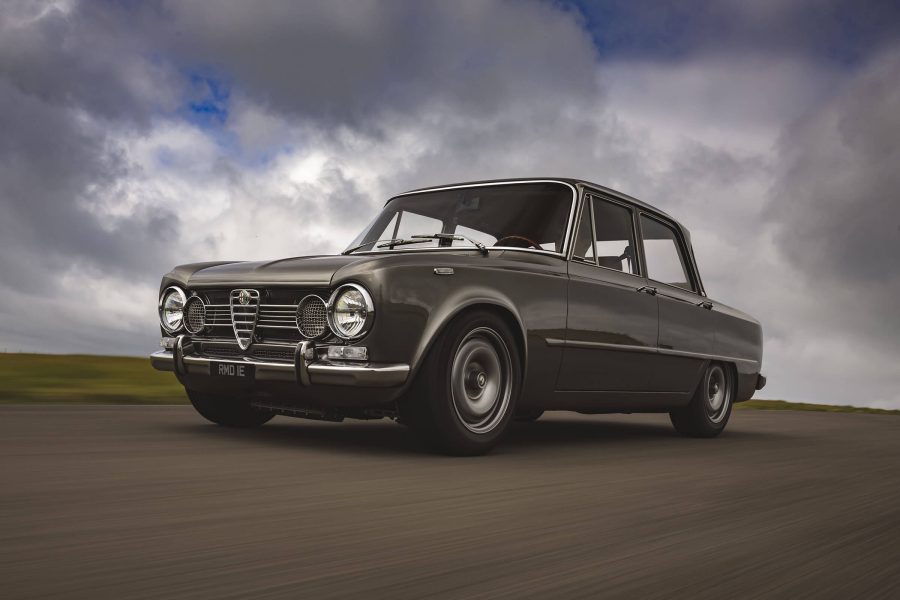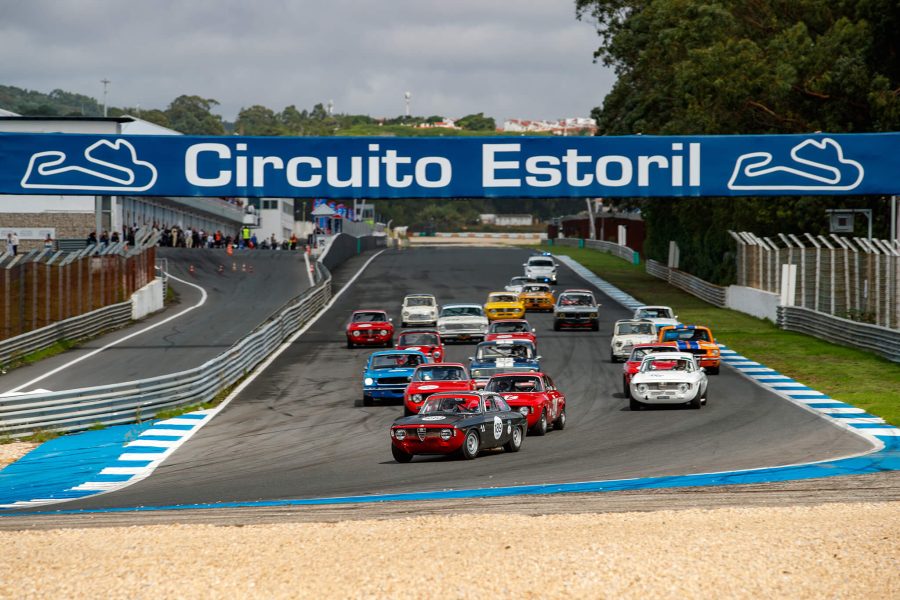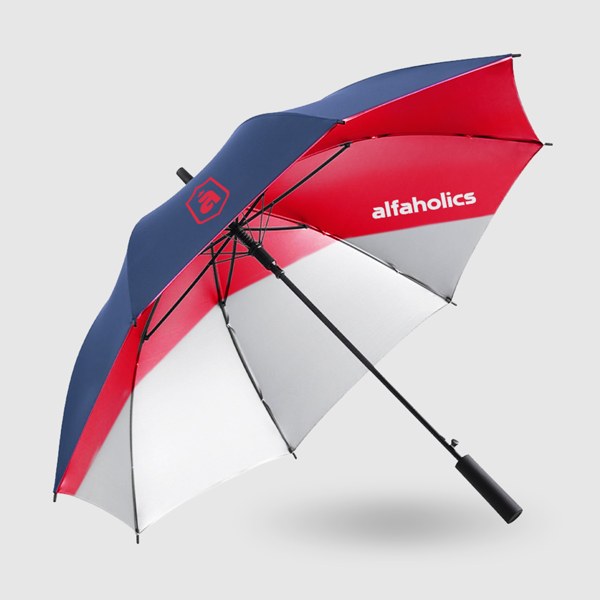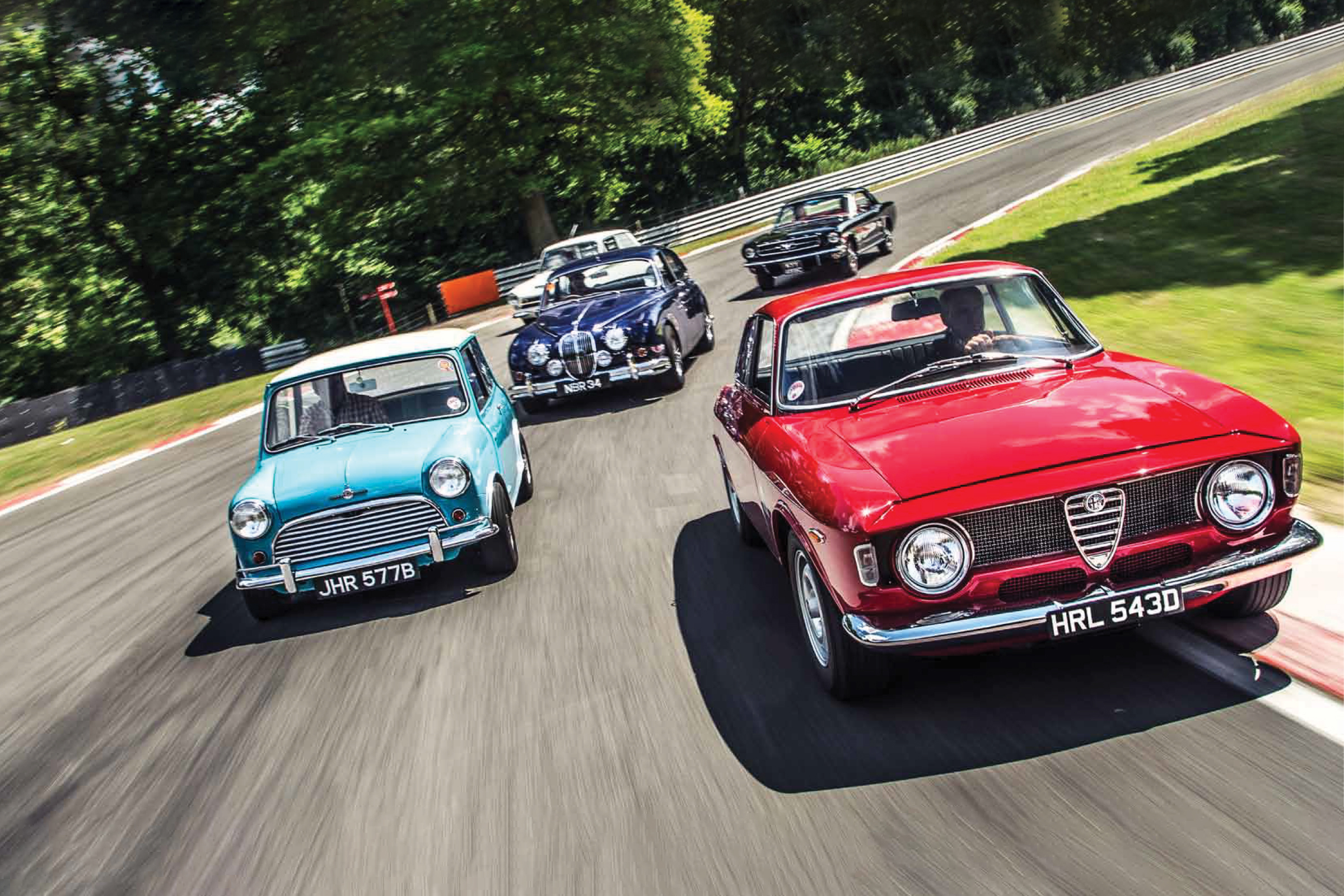
Saloon Car Brawl
The early days of the British Saloon Car Championship inspired some delightfully spicy road-going versions.
Classic cars
Words: John Simister
Photography: Richard Pardon
Race on Sunday, sell on Monday. It’s a simple marketing concept but it has served a multitude of manufacturers well over the years. And for the real car enthusiast, the closer your Monday purchase is to the Sunday winner, the better. In the Sixties, racing saloons were rather closer to their road going starting-points than racing saloons are now.
So as we spear through some Brands Hatch curves in our frisky four-seater tin-tops, jostling for position as familiar car-faces fill our rear-view mirrors, we can imagine what those drivers must have felt half a century ago when roll angles were high, inside front wheels waved in the air and drifts were the natural way of cornering.
Compared with today’s hot road cars, all taut sinews clamped-to-the-road grip and power-steered virtual reality, these Sixties machines are an exercise in flow, mid-bend mobility, vast variations in steering weight and total driver immersion in that broad, sepia- tinted zone between grip and no grip. But different cars did very different things in that zone, illustrated by the five examples here.
All are road cars that wear their racing credentials with varying degrees of seriousness. Softest and most showroom-similar is the Ford Mustang, represented here in the correct notchback shape but with a mild version of the 4.7-litre V8 that powered the racing versions, and mere drum brakes behind those fierce imitation spinners.
Most track-honed is the Alfa Romeo Giulia Sprint GTA Stradale, the road version of the aluminium-panelled hot rod that tore European Championship honours away from the Lotus Cortina. We have one of those, too, in early pre-Aeroflow guise with aluminium panels and A-bracket rear suspension.
And at our size extremes we have a Jaguar Mk2 3.8, the oldest car here (1959) and featuring a light dusting of Coombs-style modifications to reflect one of the greatest entrants of the race versions. Its dimensional opposite is a Morris Mini Cooper S, here in ultra-rare, homologation-special 970cc guise and sporting some period sporting enhancements: check out those ‘rose-petal’ wheels, the Microcell bucket seat and more.
Let battle-fantasy commence…
The nose darts into a corner as though following grooves in the track
A lot of we car-enthusiast types like 105-series Alfa Giulias, be they GTs, GTVs or whatever. A GTA, however, is outside the experience of most of us. Replicas or tributes, to varying degrees of accuracy, are more common, while genuine GTA race cars are merely rare. But a proper Stradale road version is a precious find indeed – the more so given the past tendency for original Stradali to have become racers themselves over time.
That could have been the plan for this one, given that it had been lightly modified for a Tour Auto entry in the past. But it was structurally unmolested and came with its vital original, GTA-unique trim parts that are too often lost. ‘So many original GTAs have been bastardised,’ says Max Banks of Alfaholics, which has restored this example beautifully, ‘so the decision was made to put it back to factory specification.’ From which the only departures are a pair of more adventurous camshafts, helping towards an output of around 150bhp rather than the factory’s claim of 115bhp, and Alfaholics’ own limited-slip differential – which is a copy of the Autodelta racing original.
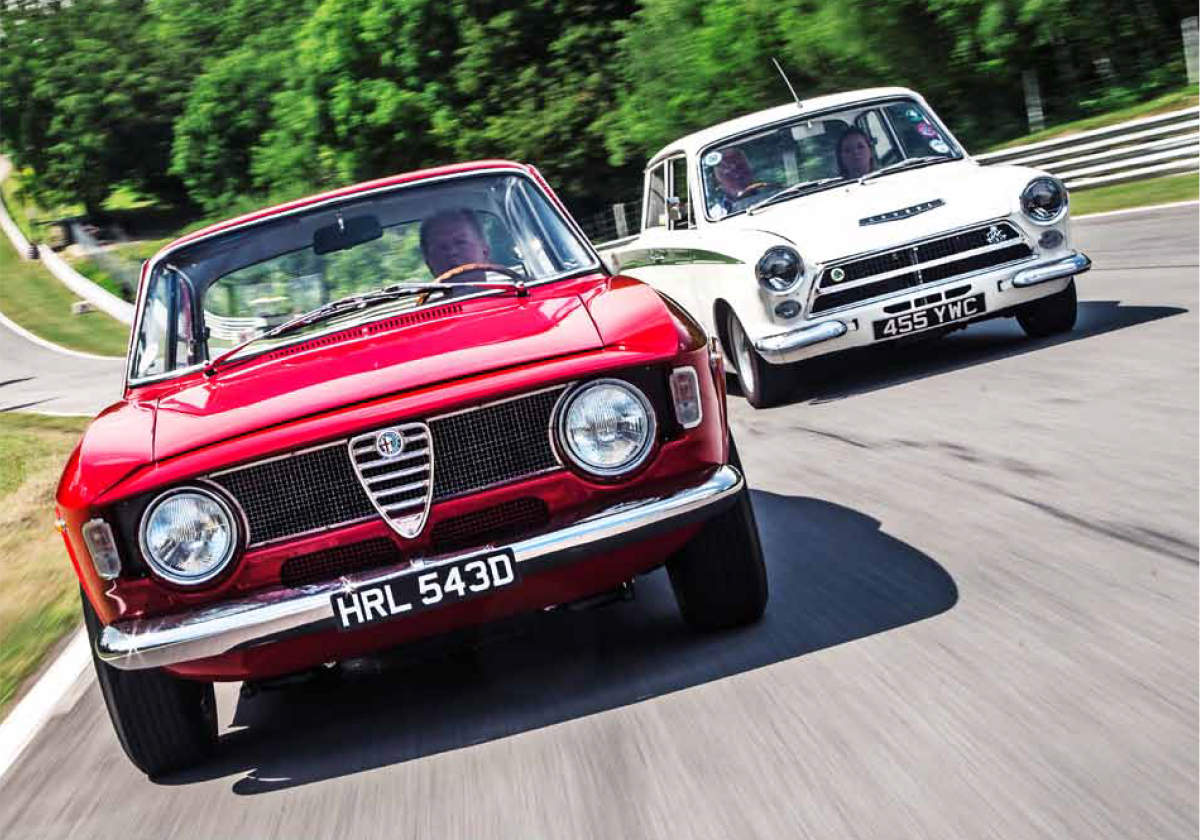
Ah yes, Autodelta. This was Alfa’s competition arm, run by Carlo Chiti, which developed the GTA to attack the European Touring Car Championship. The ‘A’ part stood for Alleggerita (‘lighter’), achieved to the tune of more than 200kg thanks mainly to simplified and lightened trim, no soundproofing, Perspex door and rear-side windows, magnesium wheels and, most importantly, Peralumen 25 aluminium skin panels, mainly riveted to steel inner panels of thinner-than-standard gauge. The driveshafts and even some of the bolts are rifle-drilled, trim strips are thinner, the upper rear suspension arm is aluminium; the list is huge, to the extent that few components are shared with the regular Sprint.
The engine gained larger Weber carburettors with 45mm instead of 40mm throttle butterflies, plus a new cylinder head with significantly bigger valves and two spark plugs set between each pair of them. That factory 115bhp sounds modest given that it took little to raise this to 150bhp for racing – as mirrored in the example we’re playing with today, which is owned by Adam Burstow.
The GTA proved quick in its launch year, 1965, but the Cortinas prevailed. For 1966 Autodelta prepared an onslaught, and in the opening race at Monza GTAs took the first seven places. Andrea de Adamich took the title at the season’s end, and the Alfa GTA’s place in motor sport history was assured.
Driving Adam’s car is quite unlike driving any other Giulia Sprint derivative. You enter by pulling on a tiny aluminium door handle, then pull the door shut with a lightweight door-pull as you snuggle down into the prominently bolstered seat. The engine fires with the blattering snort typical of open-mouthed Weber DCOEs, hard- edged and overlaid with the clatter of tappets whacked by cam-lobes with a steep-ramped acceleration curve. It sounds rough but feels smooth, and the throttle response is electrifying.
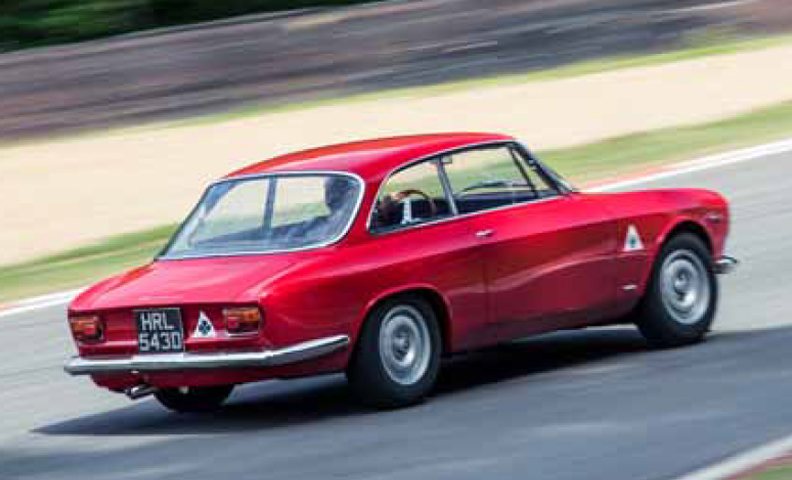
Off I chunter to the Brands pitlane, low-mass gears chattering, suspension wriggling. As soon as I’m out on the track it’s clear that this is a short-geared, revvy machine but its minimal mass ensures it feels torquey too. But that low mass and the resulting lower centre of gravity aren’t the only reasons why this feels unlike any other Sprint GT derivative. The steering’s response is instant, the nose darting into a corner as though following grooves in the track, seemingly encountering no resistance from masses that I’d expect to favour continued travel in a straight line.
Then I apply the power, feeling the soft tail squat a little as it helps point the nose to the bend’s exit, and wonder how it is that the minimal weight can be marshalled so effectively to fling this Alfa Romeo through the corners. Subtle changes in suspension geometry are why, bespoke front hubs the key to the fantastic steering feel and remarkable bite. This feels like a racing car for the road, which is exactly what it is.
‘The handling and steering are completely different from any other Sprint, including my racing one,’ says owner Burstow, who planned to make this GTA a racing car before he realised how sacrilegious that would be. ‘My Sprint is a back-of-pack car, so now that I’m not going to race the GTA the next project will be making the Sprint a bit better. The GTA has a removable roll cage and mounts for racing seats, so I could still do the Tour Auto. It’s like having a Sixties club racer rather than the full Autodelta works car.’
1965 Alfa Romeo GIulIa Sprint GTA
| Engine | 1570cc 4cyl dohc 8 valves, two Weber 45 DCOE 14 carburettors |
| Power & torque | 115bhp @ 6000rpm; 105lb ft at 3000rpm |
| Transmission | Five-speed gearbox, rear-wheel drive |
| Steering | Worm and roller steering box |
| Suspension | Front: coil springs, double wishbones, telescopic dampers, anti-roll bar. Rear: live axle, coil springs, trailing arms, T-shaped upper arm, telescopic dampers. |
| Brakes | Discs all round |
| Weight | 795kg (1750lb) |
| Performance | Top speed: 125mph; 0-60mph: 8.2sec |
| Fuel consumption | 18mpg approx |
| Cost new | £2897 |
| Price range | £70k-£160k |
